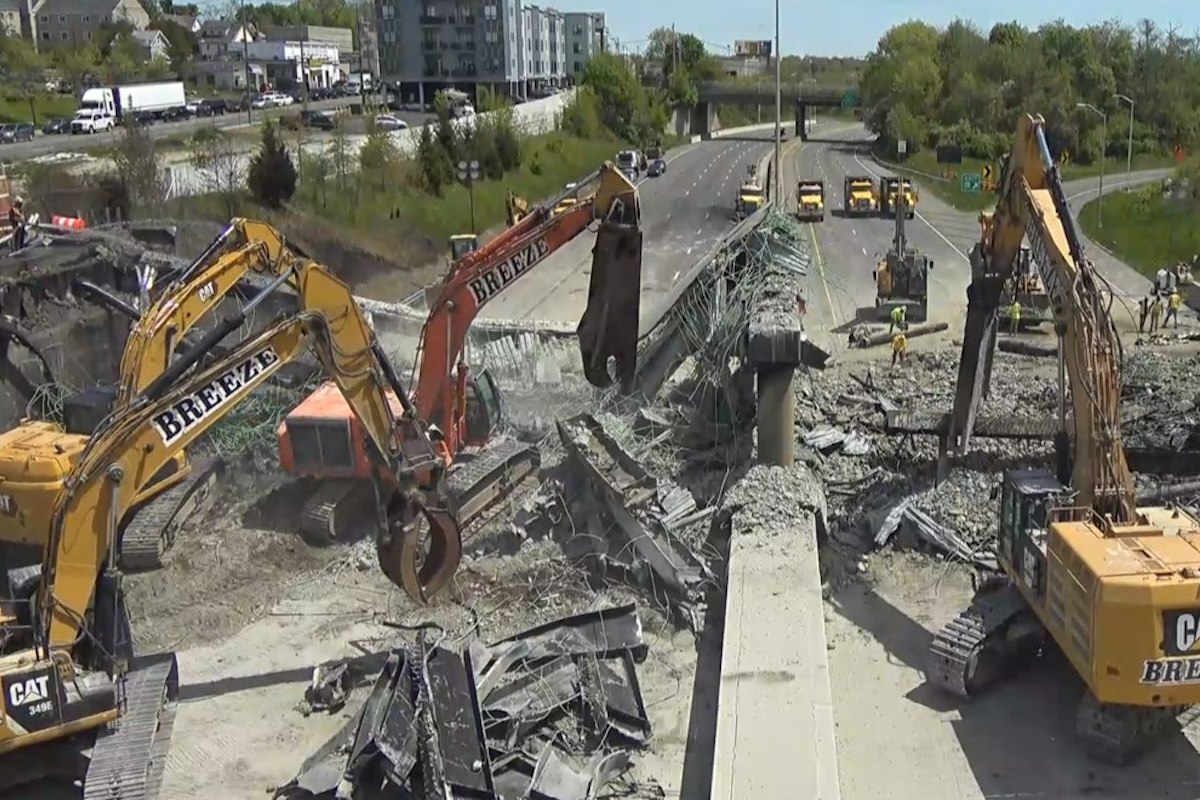General contractors are the crux of the construction industry. They directly affect the energy, water, and waste footprint of construction projects and indirectly contribute to the health and well-being of the building’s future occupants. The energy power (megawatts) required to run data centers increased 34% in the last 6 years in primary North American markets. As the need for data centers increases, GCs will play a key role in building them sustainably. Here is where GCs should focus those efforts.
The GC can help work with the design team to establish these goals through integrating the following best practices for resource use in data center construction. These can help GCs execute on quality data gathering and reporting with the owner’s representative:
- Set Contractual obligations for data reporting
- Establish a sustainability champion on site and within the owner’s rep
- Establish a reporting cadence and clearly identify data sources
- QA/QC data with owner’s rep
And how can GCs help set these goals? Many GCs assume that their sustainability impacts are constrained by the project requirements, but there is significant opportunity to reduce resource use while still delivering on the project as designed.
GCs should work to select an equipment provider with access to hybrid, electric, or even solar-powered equipment, if available within the region. Where electric equipment is not available, consider adding a battery pack to an existing diesel generator to reduce run time and decrease the amount of diesel used.

| Your local Volvo Construction Equipment dealer |
|---|
| Tyler Equipment |
There are a few barriers to adoption that could come with a switch to electric equipment. The first is availability of equipment, which can be difficult to procure in some regions. It is expected that supply will catch up as regulations evolve and developers begin to demand this equipment to hit their net zero targets.
A second perceived barrier to adoption could be equipment familiarity and safety. Many operators feel more comfortable using equipment they are familiar with. The diesel drone that some are so familiar contributes to whole-body sustained vibrations which can have an adverse impact on operator energy and could contribute to operator fatigue. Switching to electric equipment reduces the fatigue imposed on the body from the operation of diesel-powered equipment. Additionally, the use of electric equipment improves the air quality of the job site by limiting the amount of diesel-powered equipment on site.
Equipment and generator electrification is integral to helping projects achieve their carbon emissions targets, as well as improve operator health and well-being and construction site air quality.
If the local utility does not provide access to reclaimed water, GCs can establish an on-site water collection pond and/or purchase equipment that recycles water internally, like a tire wash station. Other opportunities for reducing water use can be found in the Practice Standards and Specifications for Construction Dust Control.
A large opportunity for on-site reuse of materials in data construction is the reuse of concrete for gravel or new concrete. Sometimes regionally constrained, GCs should work with project teams to identify the regional capabilities of recyclable materials to inform the project’s waste diversion practices.

| Your local Hyundai dealer |
|---|
| Equipment East |
Clearly define and communicate the project's waste diversion goals to ensure they are met. Appropriate training as well as posting clear signage and direction to the recyclability of materials is key to success.
Tools that GCs can use to evaluate the different embodied carbon impacts of construction materials include CINARK’s Construction Material Pyramid, which sorts materials in ranked order based on carbon content and intensity and Building Transparency’s Embodied Carbon in Construction Calculator (EC3) Tool, which compares the carbon footprints of specific products. There are even some materials that can be carbon negative such as sustainably sourced (e.g., FSC-certified) mass timber.
Where the use of mass timber is not possible, GCs should make every effort to reduce the carbon emissions associated with typical structural building materials such as steel and concrete. Cement contributes 80-90% to concrete’s carbon footprint, even though it only accounts for 10% of the concrete mix. GCs should consider using lower carbon Portland Limestone Cement and/or concrete mixes with a high SCM (Supplementary Cementitious Materials) content. Slag, fly ash, or recycled glass are examples of SCMs that can replace a portion of the cement content without affecting concrete performance. Additionally, GCs should recommend sourcing steel with a recycled content of 75% or higher.
In cases where lower carbon options result in an increased cost, GCs must be prepared to communicate the added benefits of a lower carbon footprint as they relate to the project team’s sustainability goals.
Paula Przybylski is a sustainability consultant at Stok, managing projects involving carbon accounting, healthy materials, and green building certification. You can contact her at paula@stok.com.

| Your local Trimble Construction Division dealer |
|---|
| SITECH Northeast |






































































